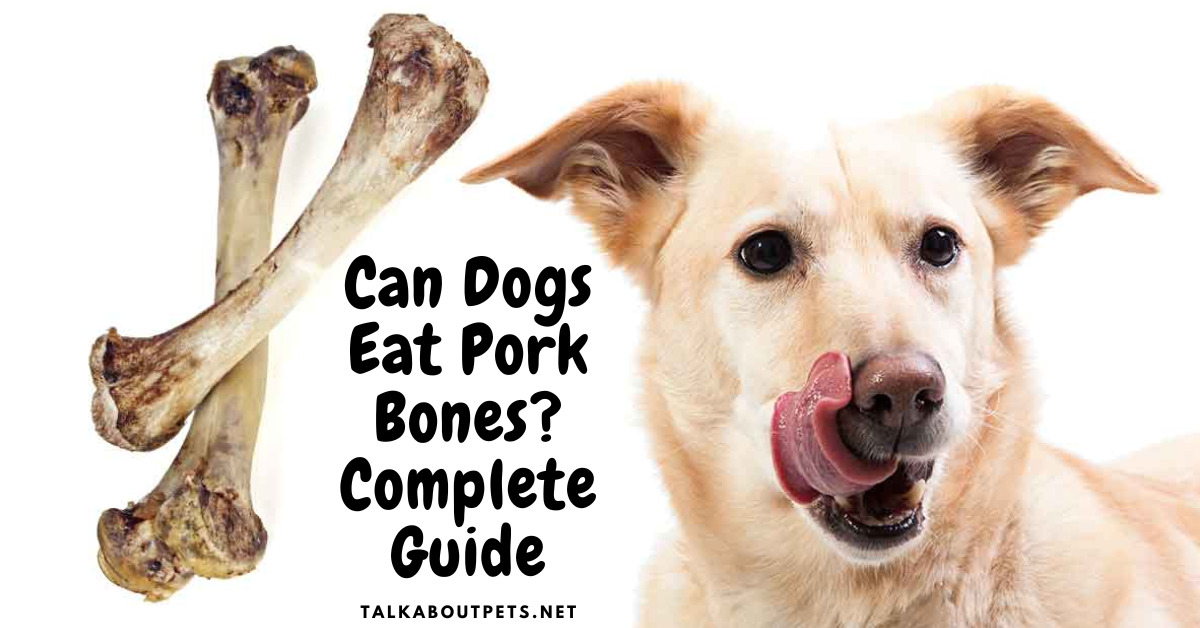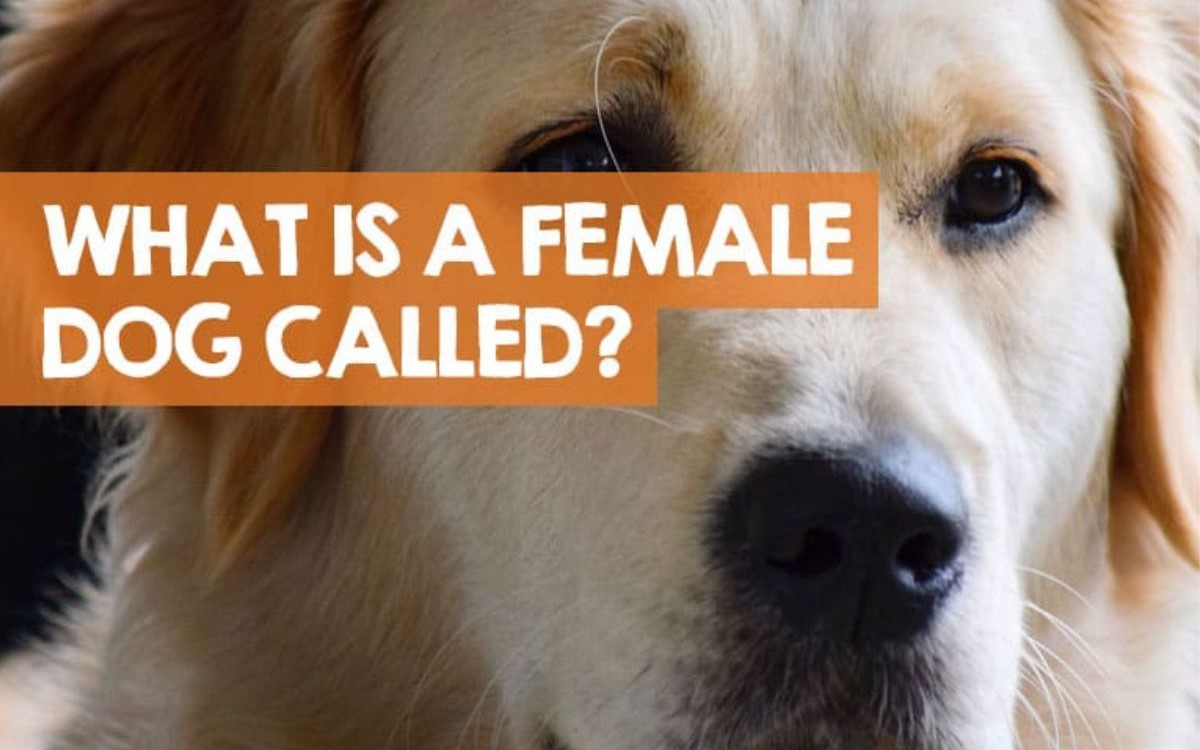As humans develop, we lose some of our bones to decay or remodeling. This is true even when adults are talking about developing babies! The same thing happens with dogs’ ribs.
When puppies grow into adult dogs, they sometimes keep part of their rib cage (or coastal) cartilage. It eventually breaks down and disappears.
This occurs most often in full-grown German Shepherd Dogs and other large breeds where there is a significant stress on the body due to physical activity or health issues.
Some people believe this costs the dog weight since it goes missing, but studies have not shown that to be the case. Weight does not increase as the dog loses the broken-down cartilage.
Removing the cartilage can cause pain for the dog. So owners should try to reduce exercise and workout routines until the breakdown takes place.
If your dog has lost weight due to this, you may want to consider more expensive nutritional supplements or diet changes to promote bone growth.
Yet, experienced veterinarians know that if your dog seems uncomfortable while resting. Then performing an X-ray or CT scan to check for potential problems is the best next step.
Why are rib bones important?
While dogs do not have ribs like humans, they do have small cartilage-filled structures in place of them called sternal plates or costochondral plates.
These can break down as your dog gets older.
If you notice your dog acting unwell and showing symptoms such as pain when moving their back limbs, lethargy, breathing difficulties, wheezing, dry cough, vomiting, and fever. Then it is time to see the doctor.
It is very important that your look for broken bone fragments as well as fluid around the area where the fracture occurred.
You should also make sure the dog’s lungs function properly and check for signs of respiratory infection.
Because some of these symptoms could be caused by other conditions. It is crucial to rule out any possible underlying health issues before writing off your dog.
But, if you find fractured ribs, then there are certain steps you can take to help your dog get better.
This article will go into more detail about what exactly happens to dogs during a rib cage injury and how to treat it.
Can dogs have rib bones?
While most dog owners may not realize it, there is an important internal bone in every dog. It acts as a kind of scaffold to help strengthen certain muscles. This special structure is called the costochondral junction or cartilage-rib framework.
This article will discuss why these ribs are so important for strength and fitness. Some easy ways to work with your dog on this frame!
Ribs are very strong connective tissue structures located inside the chest wall. There are usually two ribs connected by this framework at each side of the animal’s body.
The costochondral juncture (CCJ) is where the ribs attach directly to the cartilaginous surface of the sternum (breastbone).
Because the CCJs can grow together or separate, they play an integral part in determining how much tension different muscle groups contain.
For instance, if the CCJs unite, then the muscles attached to those ribs become less dense and tighter. It could potentially cause shoulder problems such as rotator cuff impingement.
If they pull away from one another, then the muscles between the ribs become more porous. It could lead to potential neck or back issues.
When the muscles are too tight, they use up more energy supplies. It can eventually result in health concerns.
When muscles are overly relaxed, yet, they do not work properly, and you would probably notice performance loss.
Medical conditions that affect rib bones
Certain medical conditions can cause dogs to develop thin, brittle ribs. These are sometimes referred to as “rickety” ribs or “knobby” ribs. Sometimes this happens because the bone does not grow properly. It may also break down more quickly due to disease or trauma.
Dogs with these fragile ribs often suffer from more pain and discomfort when they run, play fetch, or otherwise move their body heavily.
Because of this, some owners may choose to keep their dogs in an area where movement is limited or avoid strenuous activity for fear of hurting their pets.
But, many things like swimming, running, and walking are good activities for most dogs!
If your dog has rickety ribs, you should take special care in ensuring his safety while he exercises.
There are ways to help prevent fractures in sick puppies with thinned-out rib cages. Here are some tips to ensure healthily, moving ribs in your furry friend.
Nutrients that help rib bones
While most dogs are bred to have thin ribs, there is some controversy over whether older dogs need thicker ribs.
Some veterinarians believe that as dogs get older, their muscles relax and lose strength. It causes them to lose bone mass. This leads to thinner ribs.
This theory does not seem to apply to every breed of dog. For example, large breeds like Labrador Retrievers and German Shepard do not need thick ribs for strong muscle tone.
Furthermore, certain nutritional factors can help promote the healthy growth of bone in your canine companion.
These include eating enough calcium and vitamin D, as well as exercising to maintain the strength of muscles.
If your dog has soft, flabby ribs, give his diet a look-over and make sure he’s getting adequate nutrition. Also, talk with your vet about appropriate levels of vitamins for bone health.
Exercises that strengthen rib bones
The next two exercises are great for strengthening your dog’s ribs. These are also helpful in preventing bone loss due to injury or disease.
The first is the tabletop lateral raise. This is done on the floor, so you can do it outside of the house if needed. You will need a very sturdy surface where you can place one elbow at a time.
To perform this exercise, you will hold one arm up with both hands. Then push away from the wall with your other hand as quickly and forcefully as possible.
As you pull your elbows back, your dog must keep their front legs still and raised off of the ground.
This should be repeated ten times with each leg, but only once per set. You want to work until you have completed five sets. After that, rest and repeat another day.
Your dog may feel some tension in the muscles immediately after performing this workout, which is okay! That means it has worked correctly.
Resting your dog’s ribs
Sometimes when dogs are lying down, their rib bones can stick up out of the skin a little bit. This is normal!
Most puppies grow strong bone structures as they develop in their muscles and internal organs. The body sometimes retains some extra cartilage or soft tissue to help strengthen those bones.
As your dog gets older, his bones may become more susceptible to breaking or bending. It can cause pain or limit movement. This happens because as he ages, his joints lose lubrication and connective tissues weaken
Care and maintenance of rib bones
When dogs eat meat, sometimes the cook does not remove all the ribs or only part of each one is removed. These leftover bits are called dog bone marrow or canine cartilage.
Both of these substances help keep your dog’s joints strong and healthy. Yet, if you find large pieces of either in their stool, they may cause digestive issues for your animal.
If this happens, stop feeding the animal and see if the symptoms disappear within the next few days.
If so, continue to avoid the ingredient that caused the problem and hope the body gets rid of the rest of it on its own!
If the problems persist, seek veterinary attention immediately. Animals who suffer from nutritional deficiencies can become very sick and even die.
So, always be sure to check your dog’s feces as well as his appearance to make sure he is eating enough and the right things.
Problems with ribs
As mentioned before, canine rib bones are made of cartilage and bone. If your dog has white or pinkish skin around their chest area, chances are they have rosacea.
This is an inflammatory condition that can be treated with steroids or other anti-inflammatory drugs.
If you notice your dog coughing or looking like they are in pain, then it’s important to rule out any underlying health conditions such as pneumonia.
If you do not see signs of these things, then do not worry about dogs having rib bones.
It is very common for puppies to develop a thin layer of bony tissue in their chest wall when they grow up. Sometimes this goes away on its own but sometimes it does not.
It is best to check yourself online or talk to your doctor if you are concerned. Most children get rid of them by the time they start school. So it should not pose too much concern unless it persists beyond the puppy stage.
Resource-
https://www.frontiersin.org/articles/10.3389/fvets.2020.559055/full






